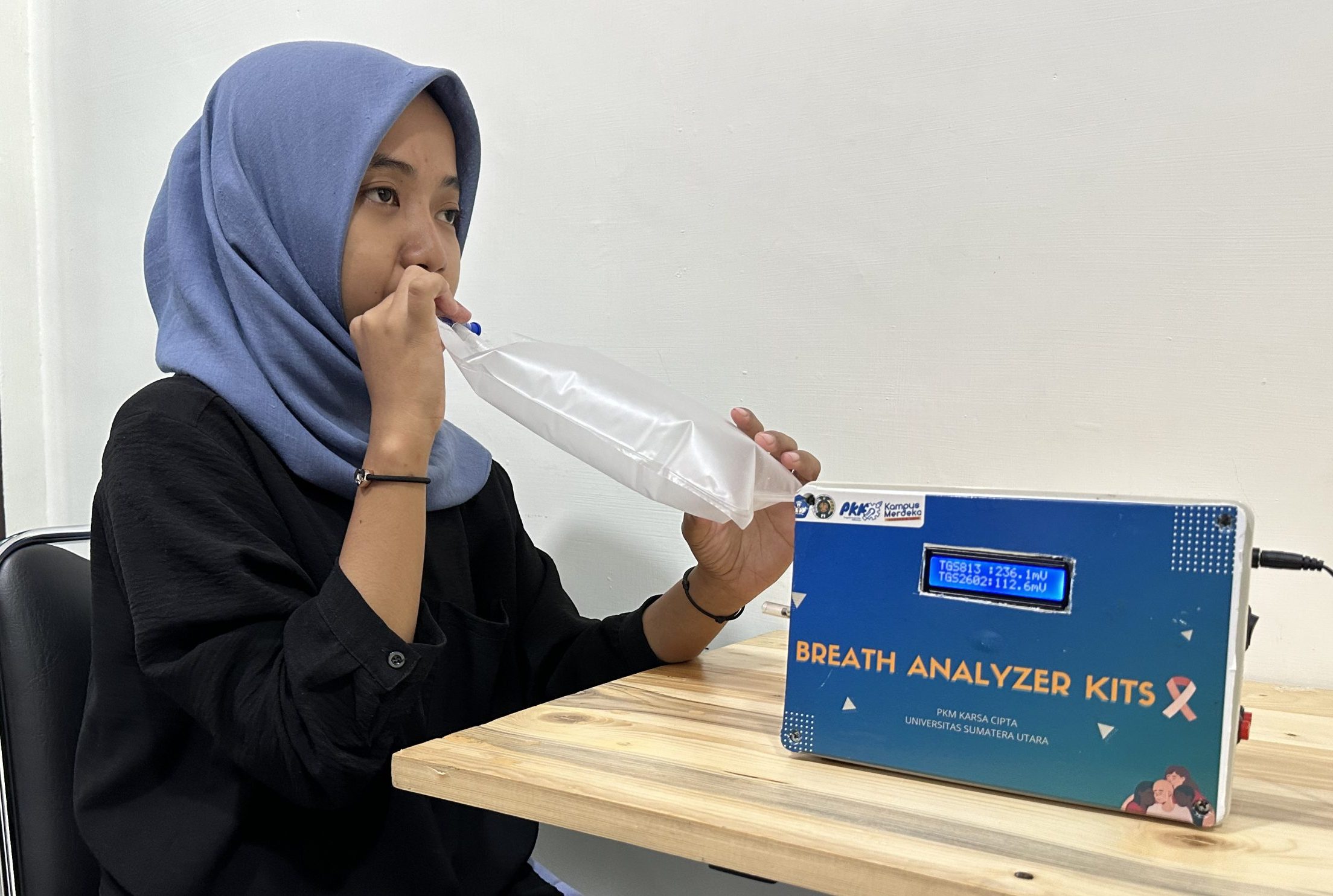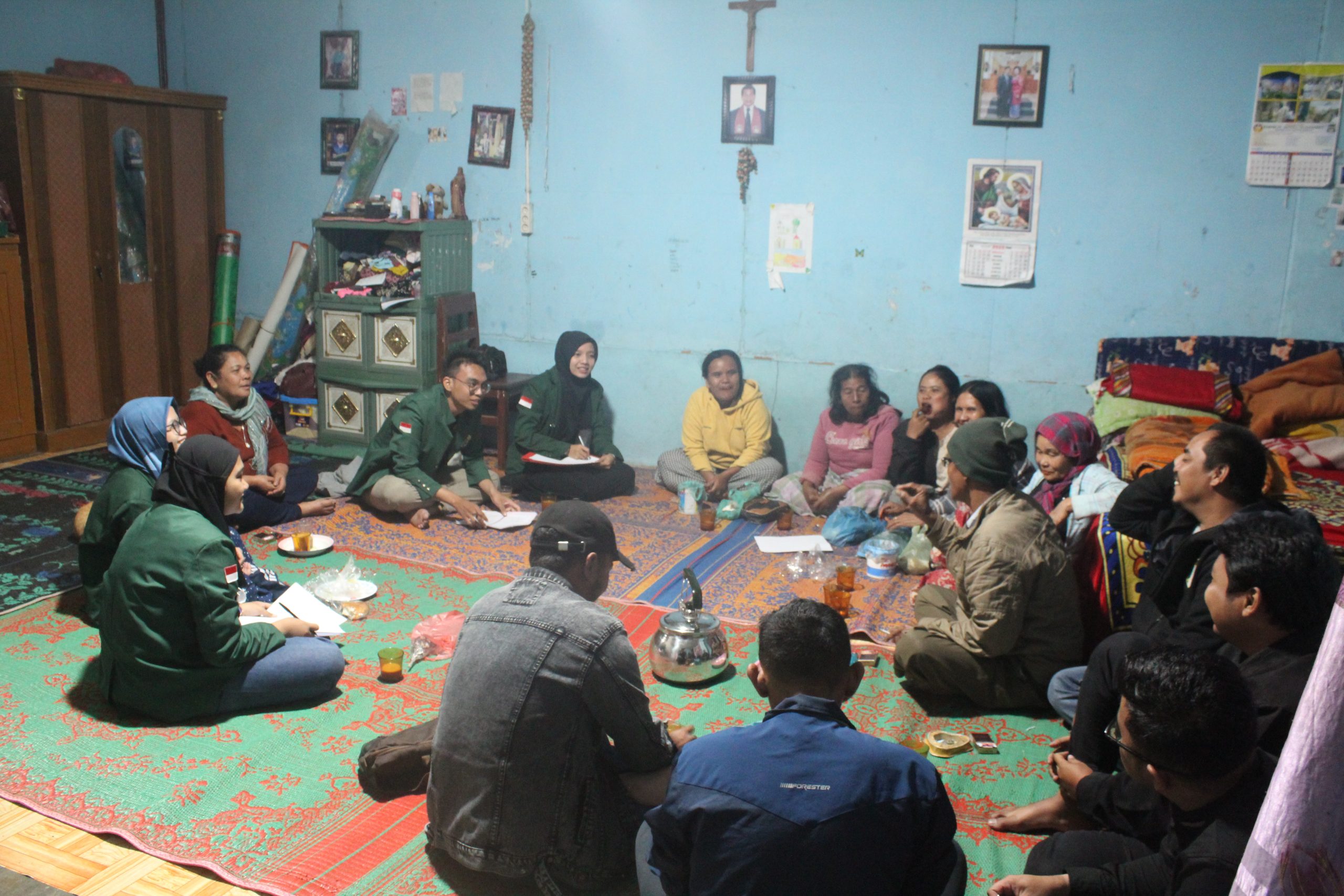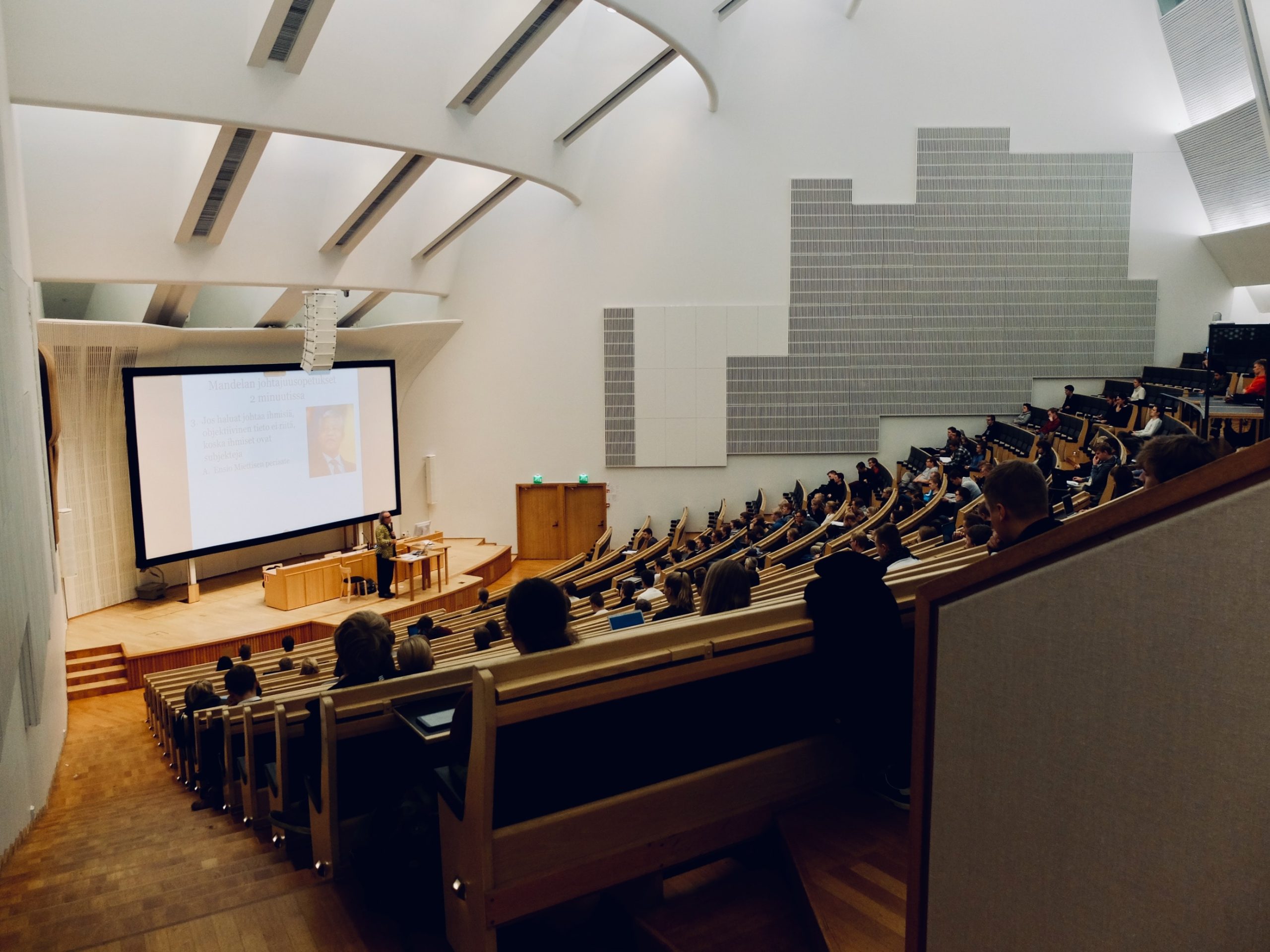“Insight Wat Pho” an innovation for society by a Chula Architecture lecturer is a companion application that helps visitors plan and make the most out of their visit to Wat Pho. With helpful info on how to get there and points of interest, to fun features, such as AR (augmented reality) floor plan of Wat Pho and “Yak Wat Pho” hunt game to find the Wat Pho’s Giants, the app can help visitors have a trip that is more meaningful and enjoyable.
Many popular period Thai series have created a trend of both Thai and foreign tourists flocking to ancient sites, such as “Wat Phra Chetuphon Wimon Mangkhalaram Rajwaramahawihan” or “Wat Pho”, one of the most popular tourist attractions in Bangkok and Thailand, attracting around 10,000 – 15,000 tourists each day!
Although the trend of dressing in Thai costumes and taking pictures in different archaeological sites is a form of soft power that helps boost the local economy, there are environmental impacts that should also be managed.
“Wat Pho is a place of worship that we must respect and an archaeological site that must be preserved, but we can see tourists climbing the structures without realizing their priceless value and the fact that these structures have existed for over a hundred years. Should there be any damage it is most difficult to repair,” said Dr. Wilasinee Suksawang, a lecturer at the Department of Landscape Architecture, Faculty of Architecture, Chulalongkorn University.
Inappropriate behavior that has been creating problems for this important tourist attraction pushed Dr. Wilasinee to initiate the social innovation project “Insight Wat Pho” to mitigate the impacts, which would be too late if not managed today. As an architecture professor who has been working tirelessly with the local community, professor Wilasinee believes that effective solutions to environmental problems should tackle their root cause by promoting environmental education.
“Nowadays, rather than solving environmental problems at the root cause, we often just treat the symptoms of those problems. For example, when the water is polluted, one develops many water treatment techniques. Ultimately, such an approach is unsustainable,” said Dr. Wilasinee.
“If people are knowledgeable about the environment, they will know what causes the problems and how to solve them. How can we, as part of the environment, contribute to mitigating, reducing, and not creating problems? Will this be a more sustainable approach than treating the problems at the results?”, explained the professor on the importance of applying the concept of Environmental Education and Environmental Ethics in solving the problems of Wat Pho.
Wat Pho, a tourist attraction, and educational destination with high potential. There are numerous historical sites in Thailand, and many of them are also facing the effects of tourism, but Dr. Wilasinee chose to start with Wat Pho as it is a high-potential tourist attraction.
Wat Pho is a historically significant Royal Temple. There are sacred icons that people worship. The architecture is distinctive, beautiful, and most importantly, “Wat Pho is regarded as the first university in Thailand. There are many recipes for medicine, and Thai massage references that are inscribed on stone tablets in the temple.”
“There is a considerable body of knowledge about Wat Pho, but it is accumulated in library books that nobody reads. So, I have been thinking about how we can make the knowledge accessible to the general public and make their visit more interesting. Instead of just visiting the temple and leaving, how do I get the visitors to prolong their stay in the temple with more fun and knowledge?” explained Dr. Wilasinee about the development of the “Insight Wat Pho” application to educate the general public about Wat Pho, so that they realize the value of the place, and lead to co-preservation and environmental impact reduction.
7 features to try! Take a tour of Wat Pho with deep insight
The “Insight Wat Pho” application did not start from scratch. Academia and experts have already been researching and collecting elaborate data about Wat Pho, including 3D models. “It would be a pity if all the research we have done, and the models would be kept on a computer when people should benefit from it.”
Therefore, Dr. Wilasinee and the Chulalongkorn Architecture research team have collaborated with several agencies, namely Wat Pho, and the National Innovation Agency (NIA), to curate interesting and useful information to provide Wat Pho visitors with the best experience.
“Insight Wat Pho” consists of 3 major features that provide basic information, and 4 more fun features that will educate visitors while they have fun:
Plan Your Visit
Dr. Wilasinee said, “When we travel to a certain place, we need a plan — how to get there, when it opens, how to buy tickets. These are the first things one should know. Therefore, anyone who is planning to visit Wat Pho can find this information from the Insight Wat Pho application. I can guarantee that the information is complete. There is no way you can get lost.”
Visitor Map
The layout of Wat Pho is quite complex and may make it difficult to walk around, and you may miss important spots, so having a map handy will make it easier.
“Although Wat Pho already has maps displayed at different points, in reality, we couldn’t find a map when we needed one, so having a map at our fingertip will give us peace of mind,” said Dr. Wilasinee.
Wat Pho in History
This feature shows the significant development of Wat Pho in three periods: King Rama I, King Rama III, and the present day. It is displayed as a 3D layout to portray what Wat Pho looks like in each era and how it has changed today.
Wat Pho from the Sky
This feature will take you to see Wat Pho from every corner by looking for the markers placed on the ground inside Wat Pho. When the marker is scanned, an AR diagram of Wat Pho will be displayed.
“We chose AR for this app because it is useful and fun for people. You can rotate, zoom in and out, and get a better understanding of the layout, details of the architecture, and the placement of the buildings.”
Explore
This feature will take you to explore the things that are not to be missed in Wat Pho, especially the important architecture and Buddha statues that we can not only see with our eyes but also scan and hear sounds and descriptions that will help us better understand the story of what is in front of us.
In addition, another not-to-be-missed fun is the “Poetry Quizzes” based on the Wat Pho stone inscriptions found on the pillars of the balcony.
“The Epigraphic Archives of Wat Pho are UNESCO-registered artifacts, some of which are in the form of puzzles. When we look at the inscription through the app, it will appear as an AR image, and there will be an audio poetry reading of that inscription for us. This function will allow us to complete the tour around the balcony without even knowing it.”
Freeze-Frames
In the app, there are pictures of different angles in Wat Pho from about 100 years ago. Users will have to find those spots today and compare how Wat Pho has changed. It is another feature that will take us to walk all over Wat Pho, and it’s great for photography enthusiasts.
Yak Wat Pho (Wat Pho’s Giants)
“I believe many people do not know what a Wat Pho’s Giants look like and where they are,” said Dr. Wilasinee, referring to the origins of the highlight feature like “I am a Yak Wat Pho.”
“When we are in Wat Pho, we will see so many statues of giants everywhere. So, which one is the real Wat Pho Giant? This feature provides a map indicating the coordinates of the giants. When we walk to the giants, the app will explain their details. “The map will take us around the temple to see various giants. Some giants may be in a form that we would not expect at all. Therefore, it is challenging to find all the giants and the hunt will attract us to spend a lot longer time in the temple.
The future of Insight Wat Pho
Dr. Wilasinee said that there are still many interesting stories about Wat Pho. The development team will continue to add information to the app. But the more challenging matter is not about Wat Pho’s information, but the business model that will allow the “Insight Wat Pho” app to thrive.
“Insight Wat Pho” is a free app. We do not want learning to cost money. So, to survive, we must rely on a business model. We are thinking of building Insight Wat Pho as a platform to support tourism and activities in Wat Pho, such as booking tickets to special events such as watercolor painting in Wat Pho, Wat Pho night tour, or reservation of special-edition souvenirs, and so on — which can only be done exclusively through the app. This also includes reservation of certified tour guides who are knowledgeable about Wat Pho. All of this will be included in the plan, said Dr. Wilasinee.
Insight Wat Pho – Not Just a Travel App
The “Insight Wat Pho” application is not just intended for users to have fun and gain knowledge, but Dr. Wilasinee is convinced that this innovation will make an impact on society in terms of culture, environment, and economy.
“We would like to see a behavior change in Wat Pho visitors from just sightseeing to exploring around to learn the history and culture of Thailand, and not missing the interesting spots. When tourists can spend a longer time in this place, they will support local shops and community stores when they are tired or hungry. This will not only bring a positive impact to tourism as a whole but also help draw monetary contributions into the communities,” said Dr. Wilasinee.
In this regard, Dr. Wilasinee also mentioned plans to expand the project to other historically significant places. The next temple in mind is “Wat Arun Ratchawaram Ratchawaramahaviharn (The Temple of Dawn)”, which is considered the “son temple” of Wat Pho (Wat Pho is the temple of King Rama I, while Wat Arun is the temple dedicated to King Rama II). Wat Arun has also been affected by the popularity among tourists dressed in Thai costumes looking for photo corners as backdrops in historical places as well.
Those interested in trying the Insight Wat Pho app can download it for free on the App Store and Google Play, or follow the app on Facebook: Insight Wat Pho.





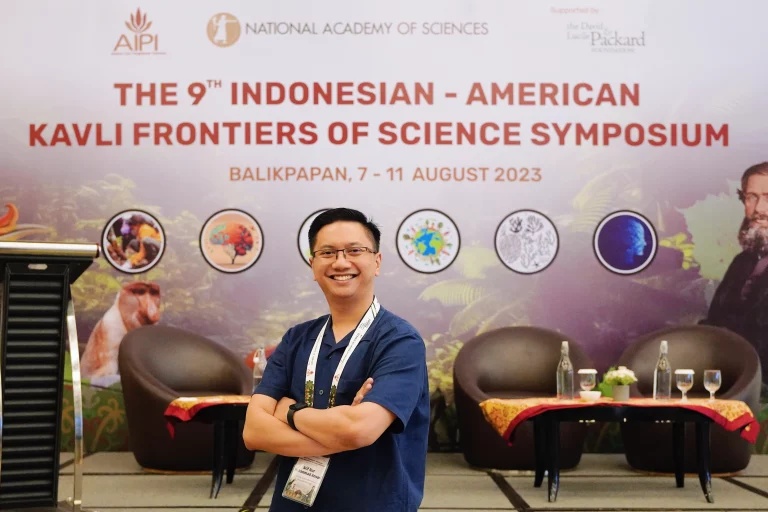
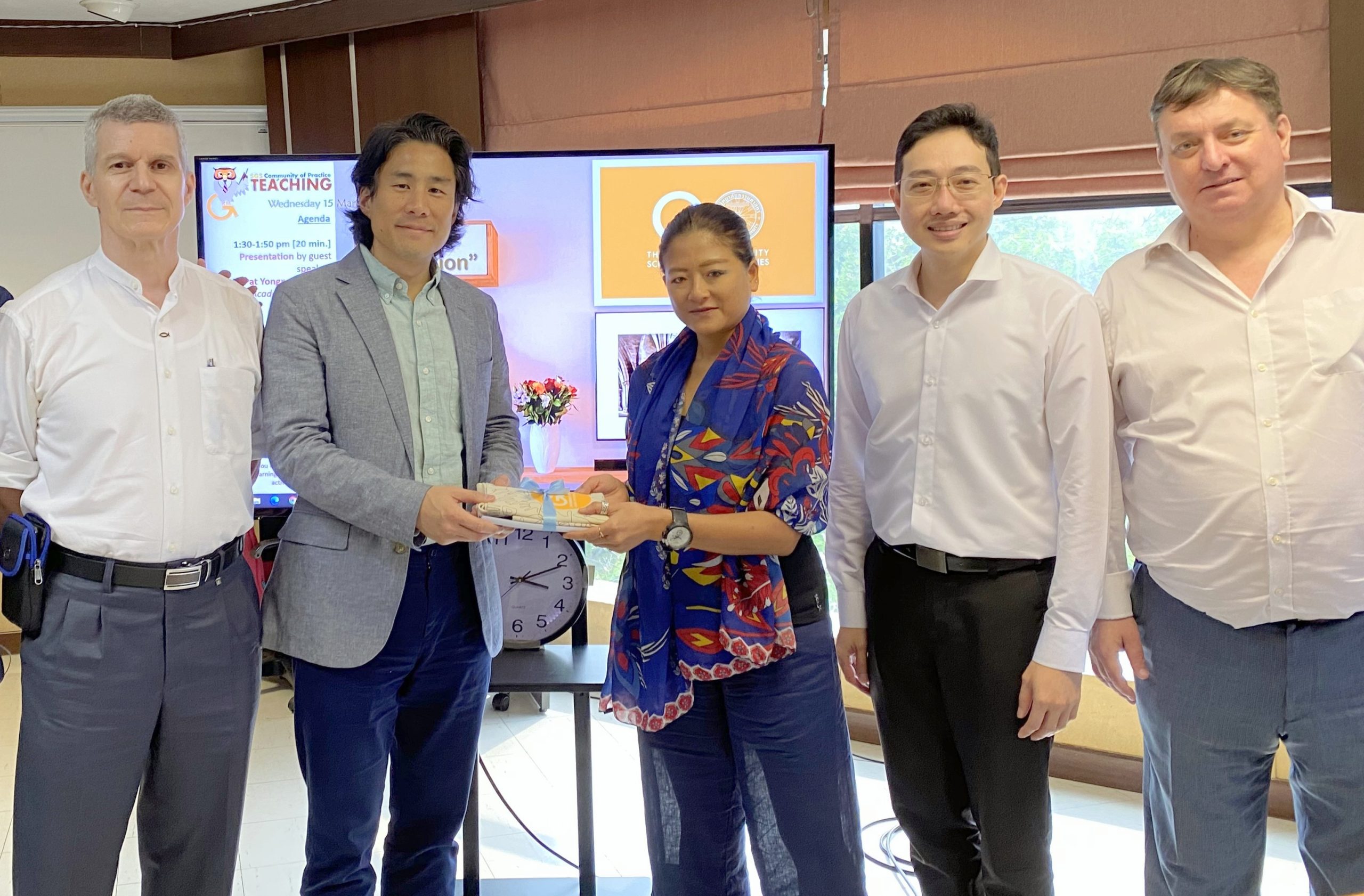
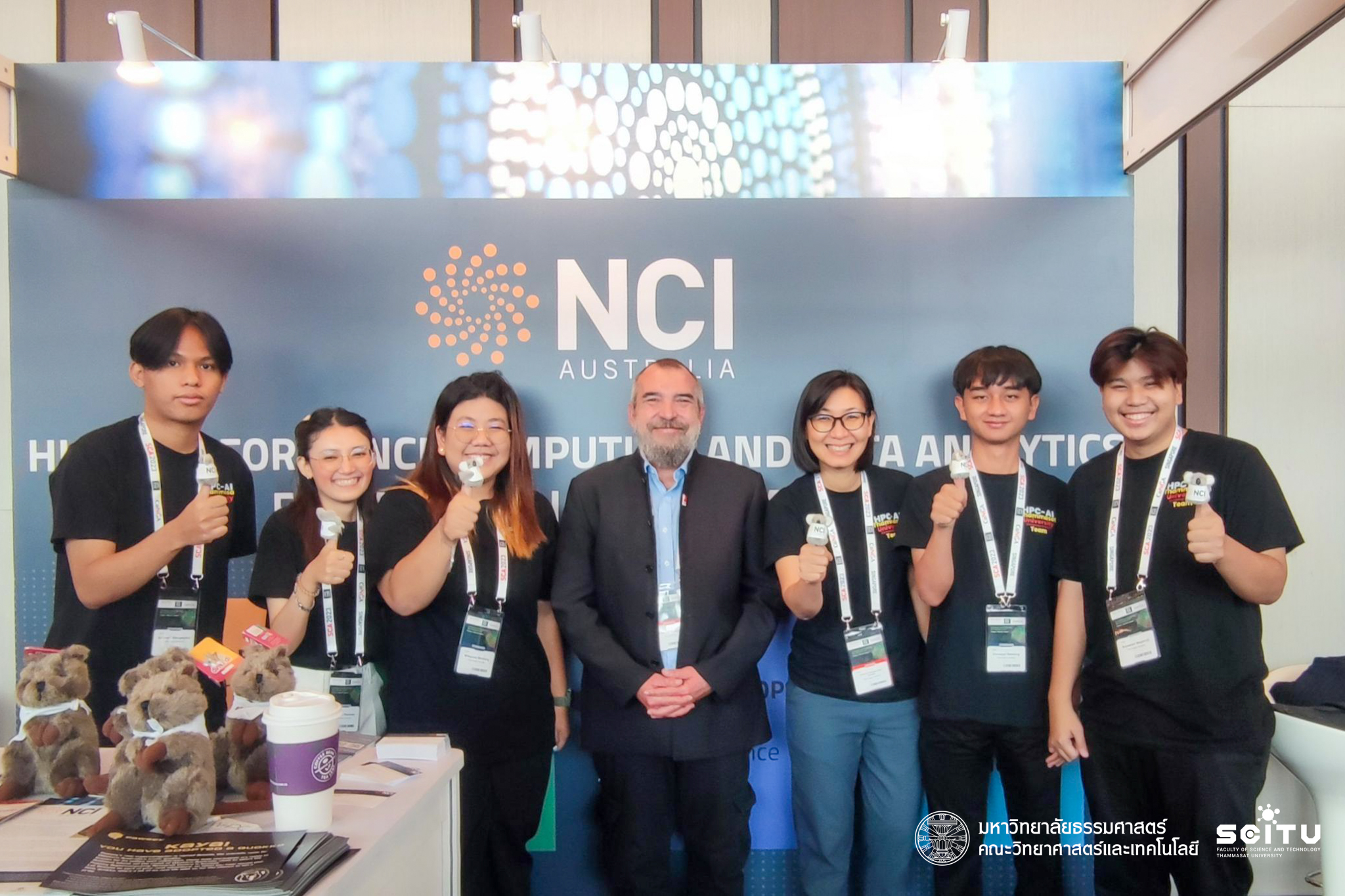
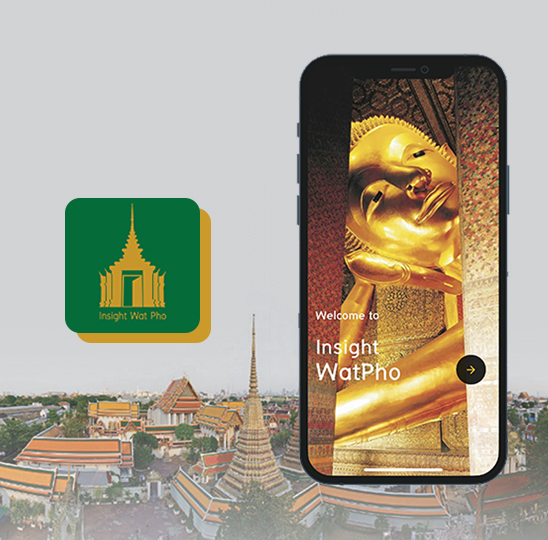
.jpg)
